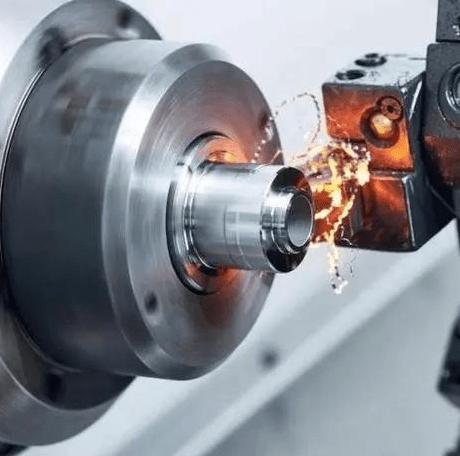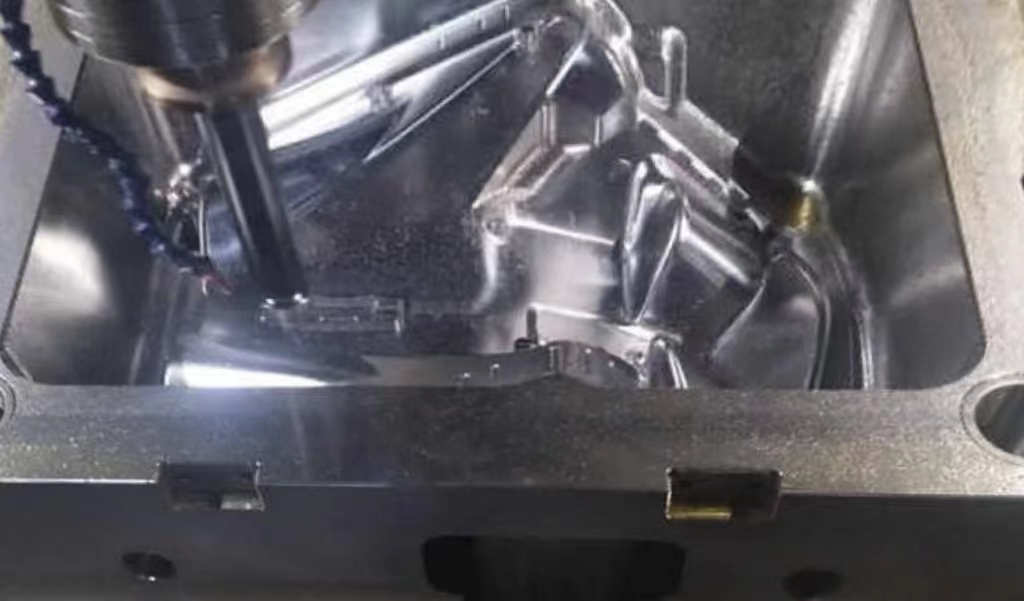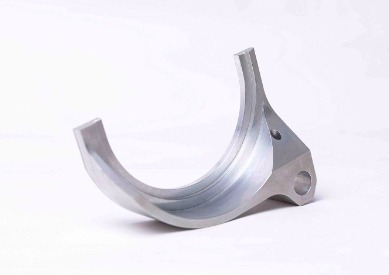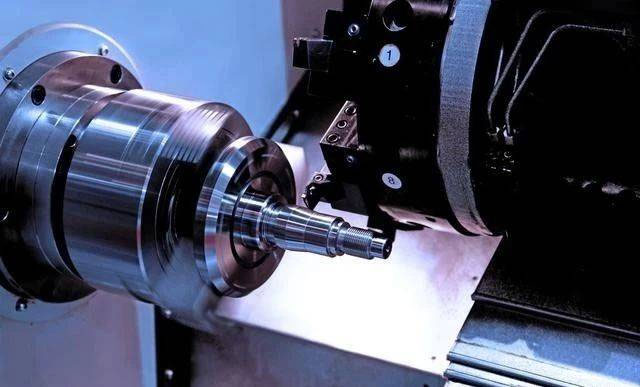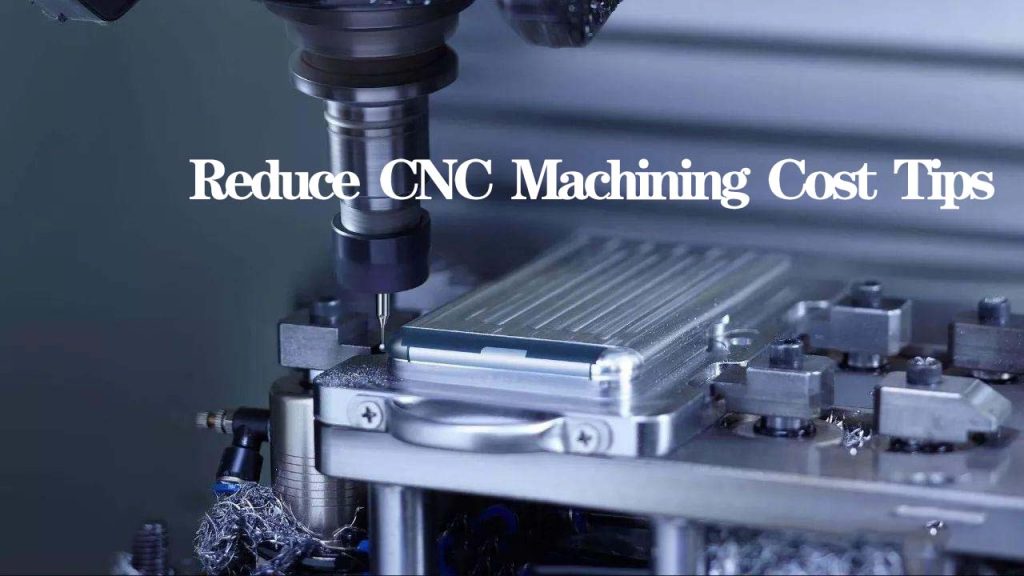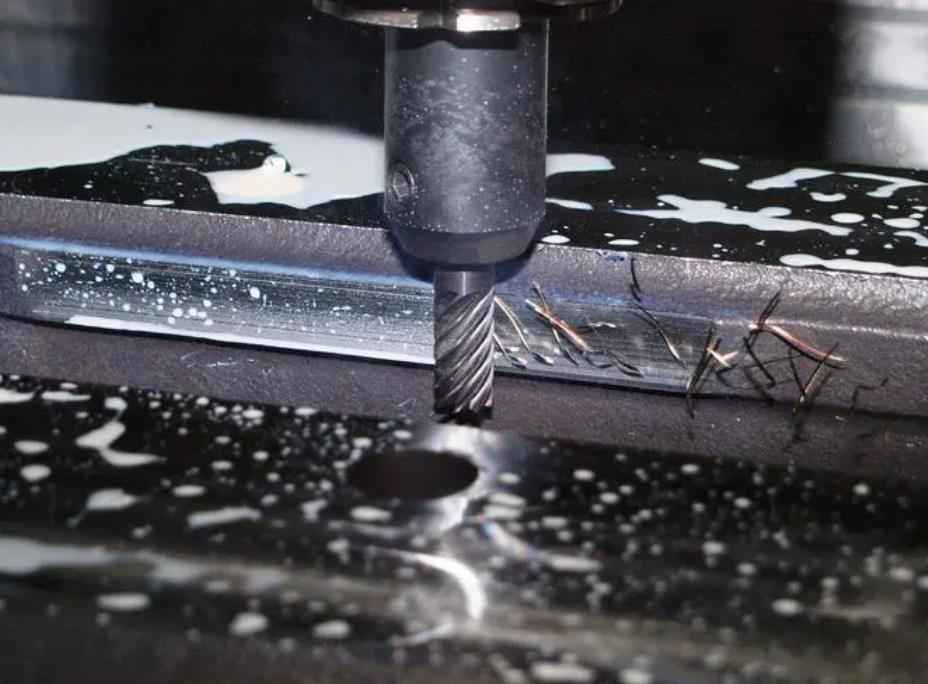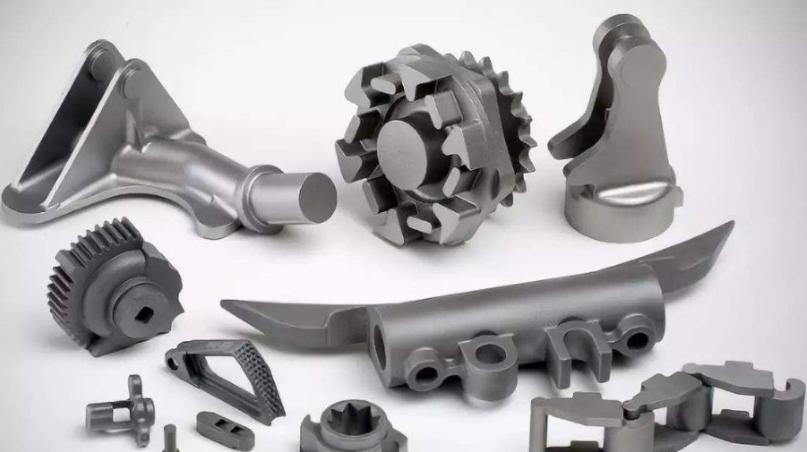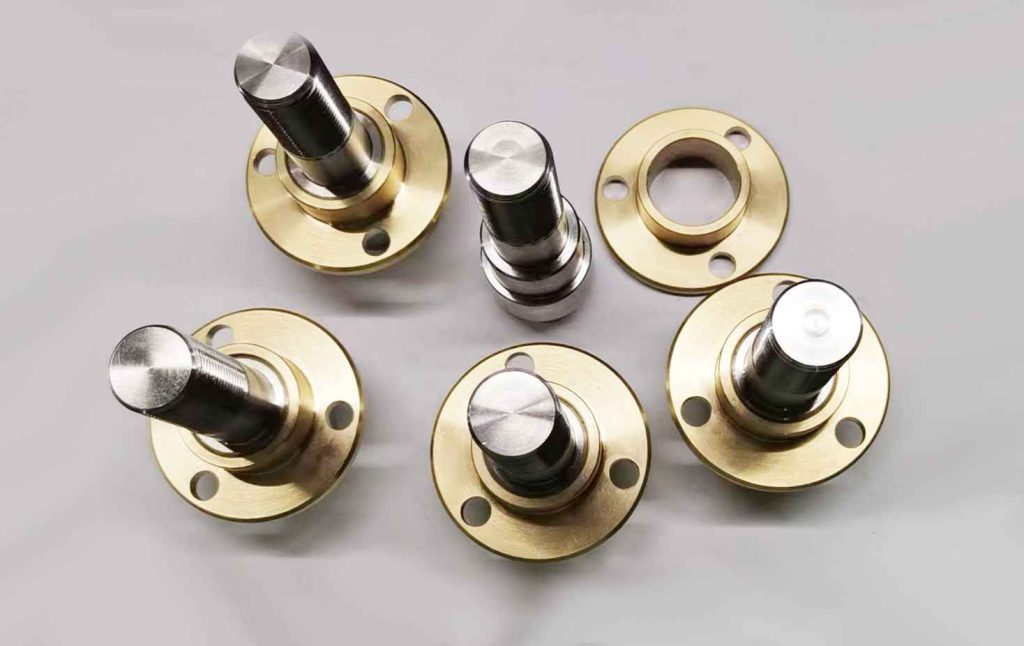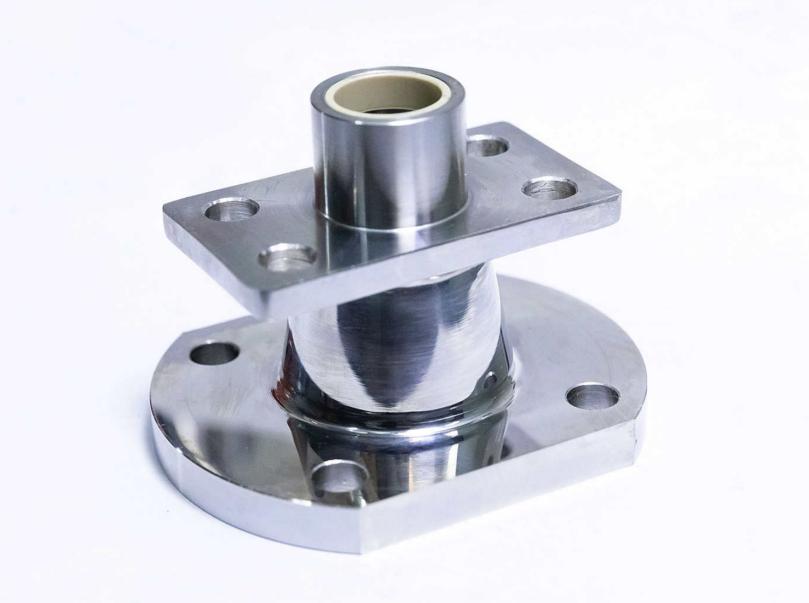CNC (Computer Numerical Control) machining has revolutionized the manufacturing industry by enabling precise, efficient, and automated production processes. However, managing CNC machining costs remains a critical concern for businesses striving to maintain competitiveness and profitability. In this article, we will explore various tips and strategies to help you optimize your CNC machining costs while maintaining high-quality production.
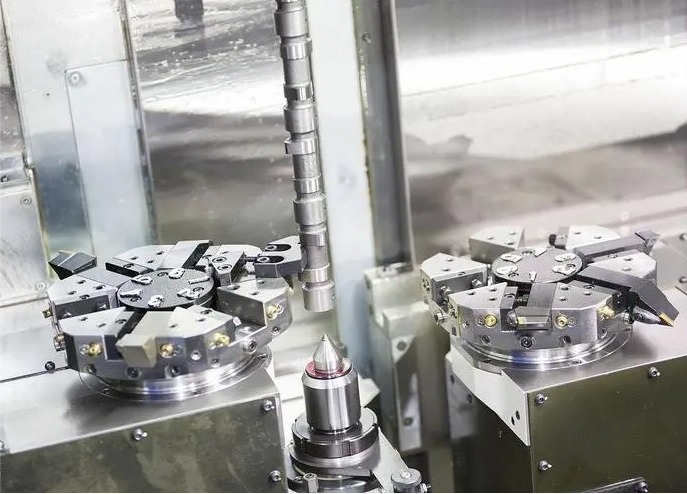
What are the CNC Machining Costs?
Before delving into cost reduction strategies, it’s crucial to grasp the key components of CNC machining costs:
- Materials: The choice of materials significantly impacts machining costs. High-quality or exotic materials can substantially increase expenses.
- Labor: Labor costs encompass both machine operator wages and programming time. Skilled operators may command higher wages, but their expertise can enhance efficiency.
- Machine Usage: CNC machines have varying hourly rates, which depend on factors like machine type, complexity, and capabilities.
- Tooling and Maintenance: Regular tool replacement and maintenance are necessary for optimal performance, adding to the overall cost.
- Overheads: These include facility costs, utilities, and other miscellaneous expenses.
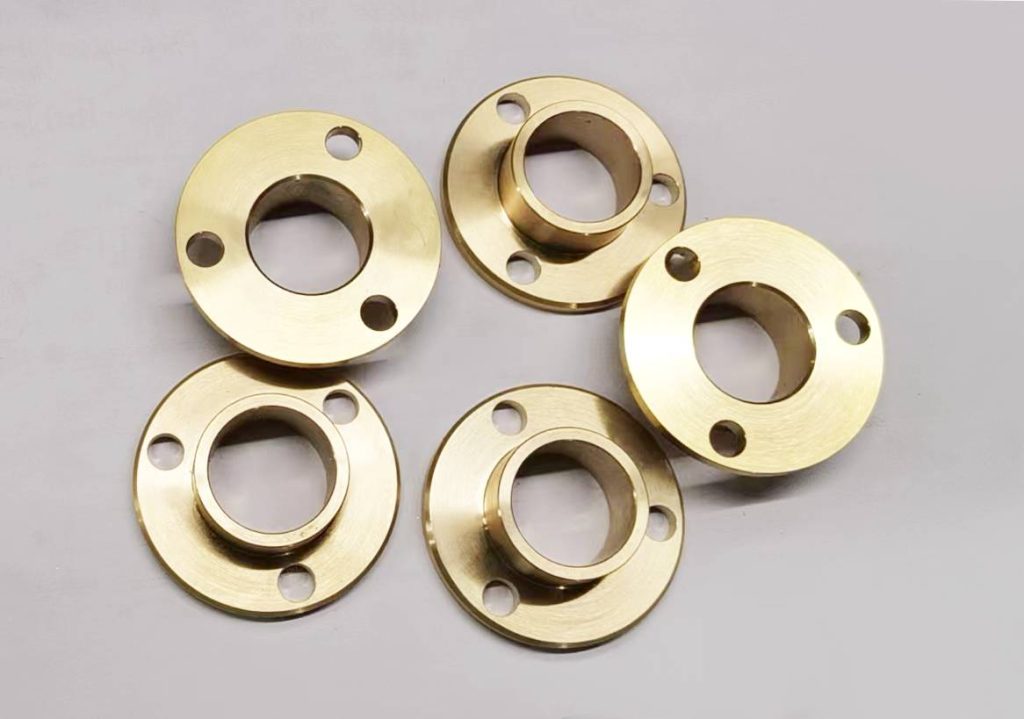
10 Tips and Strategies for Reducing CNC Machining Costs
1. Optimize Design for Manufacturability (DFM)
Start by designing parts and components with manufacturing efficiency in mind. Minimize complex geometries, sharp corners, and unnecessary features that can prolong machining time and increase material waste. Collaborating with your CNC machining provider during the design phase can yield valuable insights.
2. Material Selection
Carefully select materials that meet your project’s requirements while keeping costs in check. Consider alternative materials with similar properties that may be more cost-effective.
3. Batch Processing
Batch processing allows you to produce multiple parts in a single run, reducing setup time and machine downtime. This approach can significantly lower per-part machining costs.
4. Automation and Robotics
Invest in CNC machines with advanced automation capabilities. Robots can load and unload materials, minimizing labor costs and increasing machine uptime.
5. Machine Efficiency
Regularly maintain and calibrate your CNC machines to ensure optimal performance. Well-maintained machines are more efficient, reducing machining time and costs.
6. Tool Life Management
Monitor tool wear and replace tools proactively to prevent costly errors and downtime. Tool life management systems can help optimize tool usage.
7. Energy Efficiency
Implement energy-efficient practices in your machining facility to reduce utility costs. Simple steps like turning off machines when not in use and optimizing lighting can make a difference.
8. Supplier Collaboration
Work closely with your CNC machining supplier to negotiate favorable terms and prices. Establish long-term relationships for potential cost-saving opportunities.
9. Lean Manufacturing Principles
Adopt lean manufacturing principles to eliminate waste, streamline processes, and reduce costs throughout the production cycle.
10. Continuous Improvement
Regularly analyze your CNC machining processes and seek areas for improvement. Small incremental changes can lead to significant cost savings over time.
Conclusion
Reducing CNC machining costs is a multifaceted endeavor that involves careful consideration of materials, design, processes, and efficient resource utilization. By implementing the tips and strategies outlined in this article, you can strike a balance between cost reduction and high-quality production, ultimately enhancing your competitiveness in the market. Remember that cost optimization is an ongoing process, and continuous improvement is key to long-term success in CNC machining cost management.


